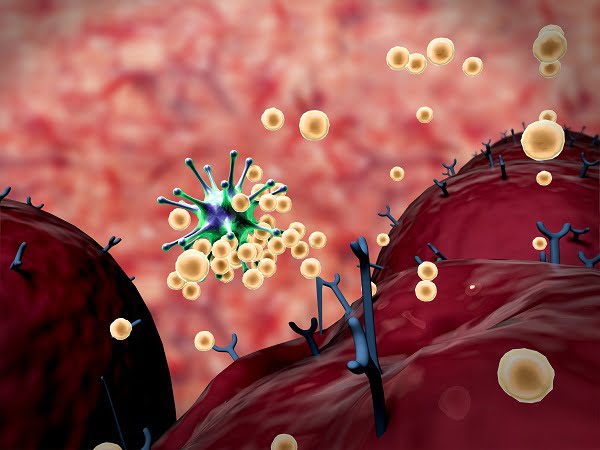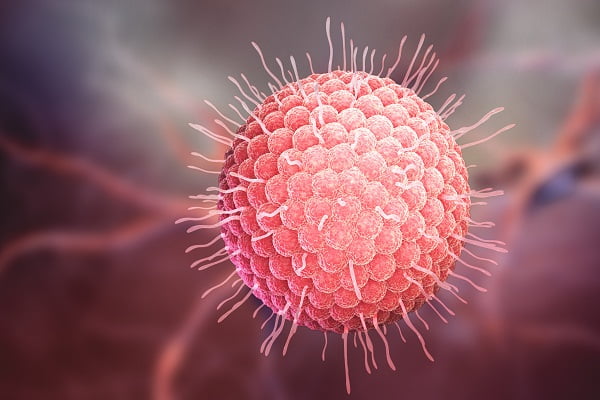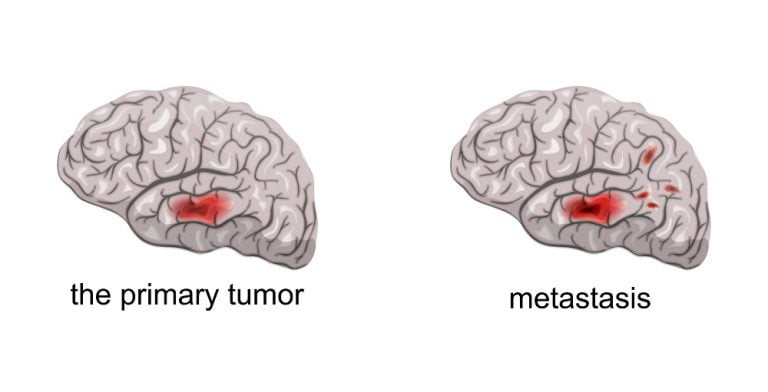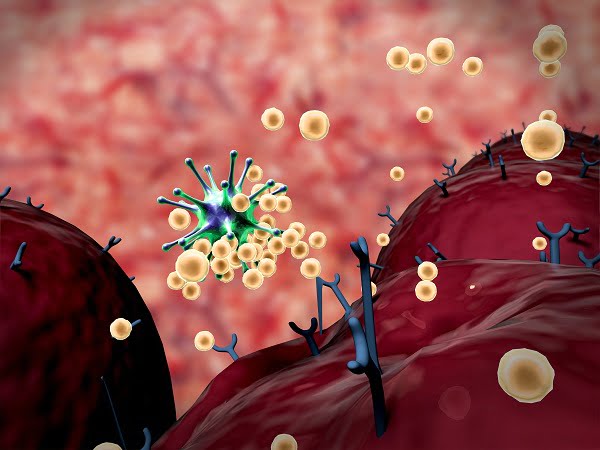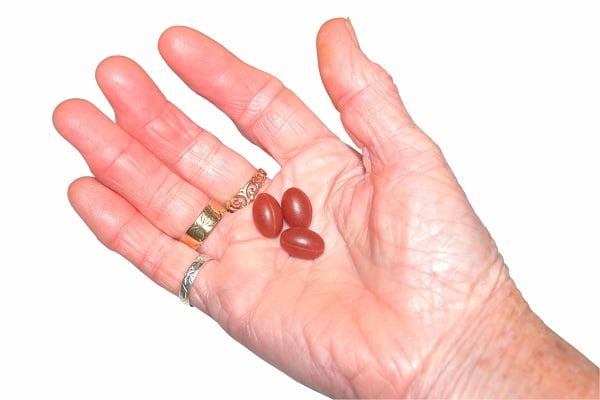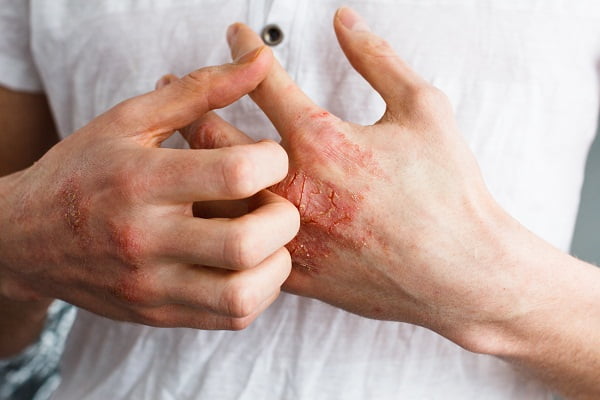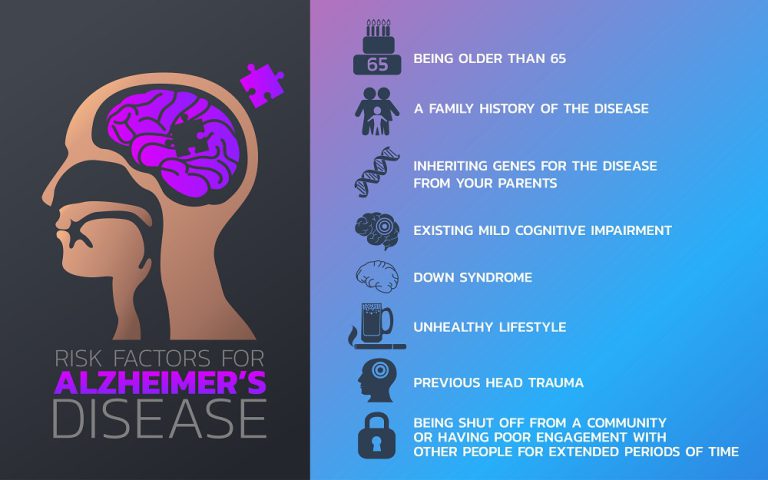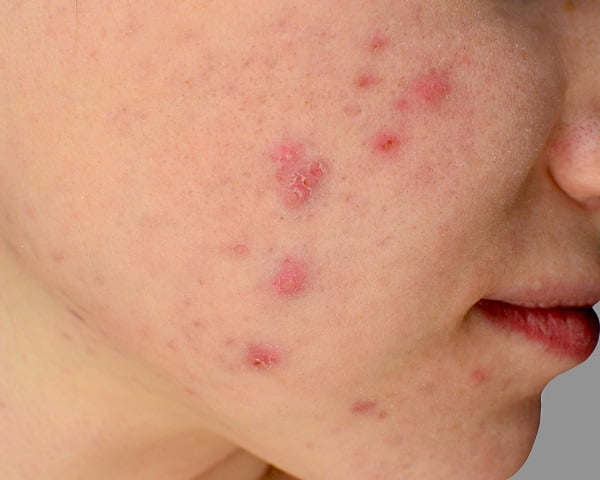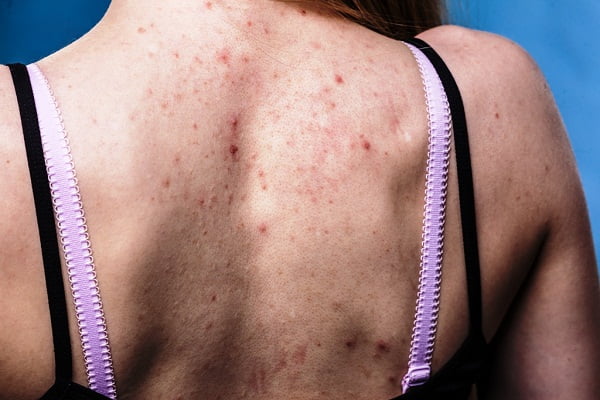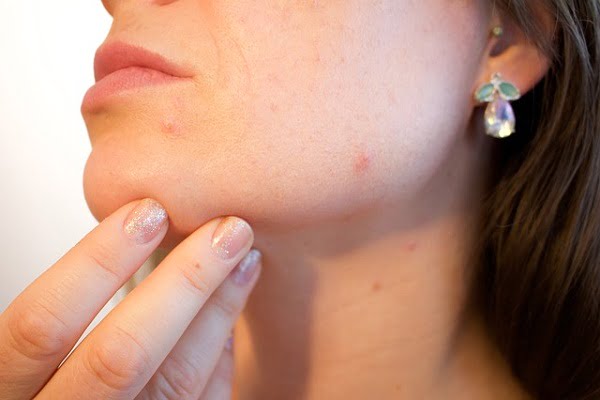Browsing: Hair and Skin

The page provides quick access to a list of common hair and skin diseases, syndromes, health conditions, and other topics of health importance about your skin and hair. The list is organized alphabetically. Links are provided to respective diseases sections that serve as a comprehensive and ultimate guide about the disease or health condition.
Skin and hair are the outer most protective layer of our body. It protects our body from foreign particles and infections and contains various glands. The skin has the ability to renew itself in every 28 days. The changes which appear on the skin may sometimes indicate overall health of an individual.
Skin and Hair diseases come under the category of dermatology, which is defined as the branch of medicine which deals with diseases related to hair, skin and nails. Skin and hair diseases are treated by a dermatologist, which includes both medical and surgical treatment options.
Presently, skin and hair diseases have shown a widespread occurrence. According to the American Academy of Dermatology, 84.5 million Americans have been affected with skin and hair diseases. These diseases can affect people of any age group, but high incidences are observed in people above the age of 65.
Some common skin disease includes dermatosis, non-melanoma cancer, eczema, melanoma and shingles. Some prevalent hair diseases include androgenetic alopecia, cosmetic hair damage, discoid lupus erythematosus, lichen planopilaris and dandruff.
What Causes Vitiligo and What Are Its Risk Factors?
Vitiligo occurs when pigment producing cells called melanocytes die or stop producing melanin, due to which skin loses its characteristics. It is still not clear why these cells die. It is believed that the immune system destroys the melanocytes in the skin, mistaking it as a foreign body.
The onset of shingles occurs when the herpes zoster virus which causes chickenpox reoccurs in the body. Herpes zoster virus belongs to the herpes viridae family. The virus lies dormant in the nerve system for several years, ever since one has recovered from chickenpox. However, in its inactive state, the individual does not experience any shingles symptoms.
Vitiligo is a progressive disorder of skin in which melanocytes in the affected skin are selectively destroyed. The disease affects all types of skin, but is more common in darker shades of skin. However, the disorder does not have a racial or ethnic preference. Currently, there is no cure for it.
The exact cause of psoriasis is not completely clear. Scientists believe that the disease is related to problems with our immune system. If you have psoriasis, the T cells in your body attack healthy skin cells by mistake. This triggers increased production of healthy skin cells that travel into the body causing psoriasis symptoms.
Complications of Psoriasis
You are at a greater risk of developing certain diseases if you have psoriasis. A common complication of psoriasis is psoriatic arthritis. It can cause joint pains and loss of function in some joints. People with severe form of psoriasis are likely to develop obesity, type 2 diabetes, hypertension, and many more diseases.
Eczema is a skin condition where patches of skin become inflamed, itchy, cracked, and red. Sometimes, blisters may develop. Often, the word eczema is used specifically to refer to atopic dermatitis, which is the most common type of eczema. Eczema can be triggered by environmental factors like smoke and pollen or by foods. It is not contagious.
Scars are formed when acne penetrates the skin deeply and damages the tissues. The main cause of scars is the inflamed lesions, such as a papule, pustule, or a cyst. Inflammation occurs when a follicle or pore becomes clogged with excess oil, dead skin cells, and bacteria. Treatment may vary depending on the types of scars.
What is acne? Acne is a common skin deteriorating condition, also known as acne vulgaris. Acne is an inflammatory skin…
Overview of back acne Acne can be challenging to treat, no matter from where you get it. Unfortunately, acne can…
Lasers produce intense beam of monochromatic light of narrow wavelength. It can be used to treat acne scars and hyper-pigmentation. Dermatologists use lasers to destroy specific target areas at specific depths in the skin. It is a painless procedure and there is no risk of infection as well.




